Search
-
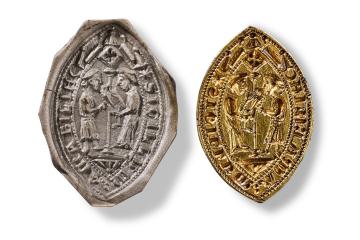 ©
NMAG
©
NMAG
Medieval Seal Matrix
A medieval silver-gilt seal matrix. Used to create wax impressions on documents, this is a rare example in the name of a medieval woman.
Medieval 1200 - 1350 Medieval to Tudor
-
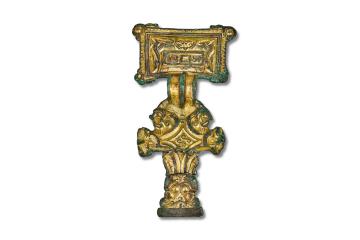 ©
NMAG
©
NMAG
Wakerley brooch
Excavated from a burial in an Anglo-Saxon cemetery, this square headed brooch is unusual in being marked with a runic inscription on the back.
Saxon 500 - 700 CE Roman and Early Medieval
-
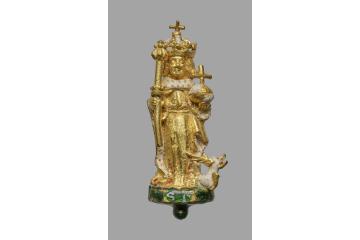 ©
The Trustees of the British Museum
©
The Trustees of the British Museum
King Henry VI Gold Figurine
Gold figurine depicting Henry VI as a saint which was possibly originally fixed to a larger vpprestigious object such as a crown.
Medieval 1485 - 1538 Medieval to Tudor
-
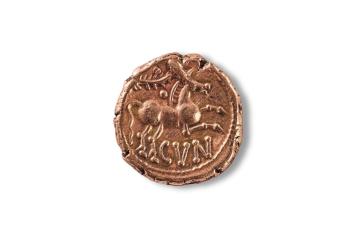 ©
NMAG
©
NMAG
Cunobelin Stater
A Celtic gold stater minted in the late Iron Age, bearing the name of Cunobelin, ruler of the Catuvellauni and Trinovantes tribes.
Iron Age 10 - 40 CE Geologic to Prehistoric
-
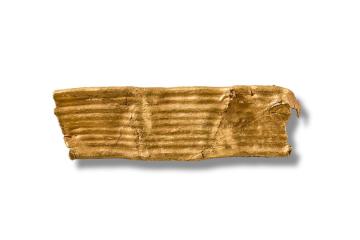 ©
NMAG
©
NMAG
Early Bronze Age Ribbon
A short piece of decorated gold strip or ribbon dating to the Bronze Age.
Early Bronze Age Geologic to Prehistoric
-
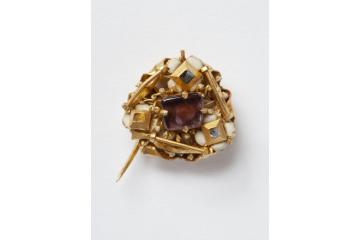 ©
Victoria and Albert Museum
©
Victoria and Albert Museum
Brigstock Jewel
Mid-15th century jewelled brooch or hat pin found in Brigstock, within the medieval Rockingham Forest which covered large areas of Northamptonshire.
Medieval 1450 Medieval to Tudor
-
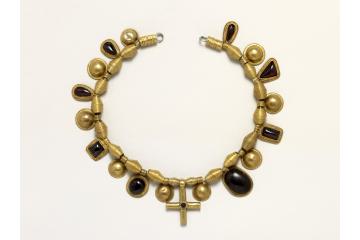 ©
The Trustees of the British Museum
©
The Trustees of the British Museum
Desborough Necklace
Dating to the late 7th century the Desborough necklace belonged to a high status Anglo-Saxon woman and is likely to be explicity Christian in meaning.
Anglo-Saxon 650 - 700 CE Roman and Early Medieval
-
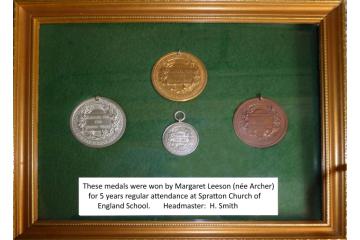
The 'Archer' School Attendance Medals
These are the Archer Attendance Award Medals, awarded to Margaret Archer, a pupil at Spratton CE Primary School between approx. 1907 and 1912. There are four medals, awarded for two, three, four and five years good attendance respectively.
1907 to 1912 Modern
